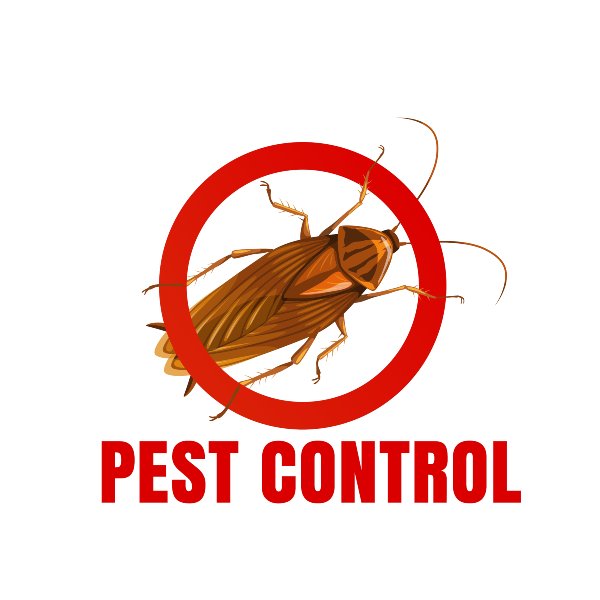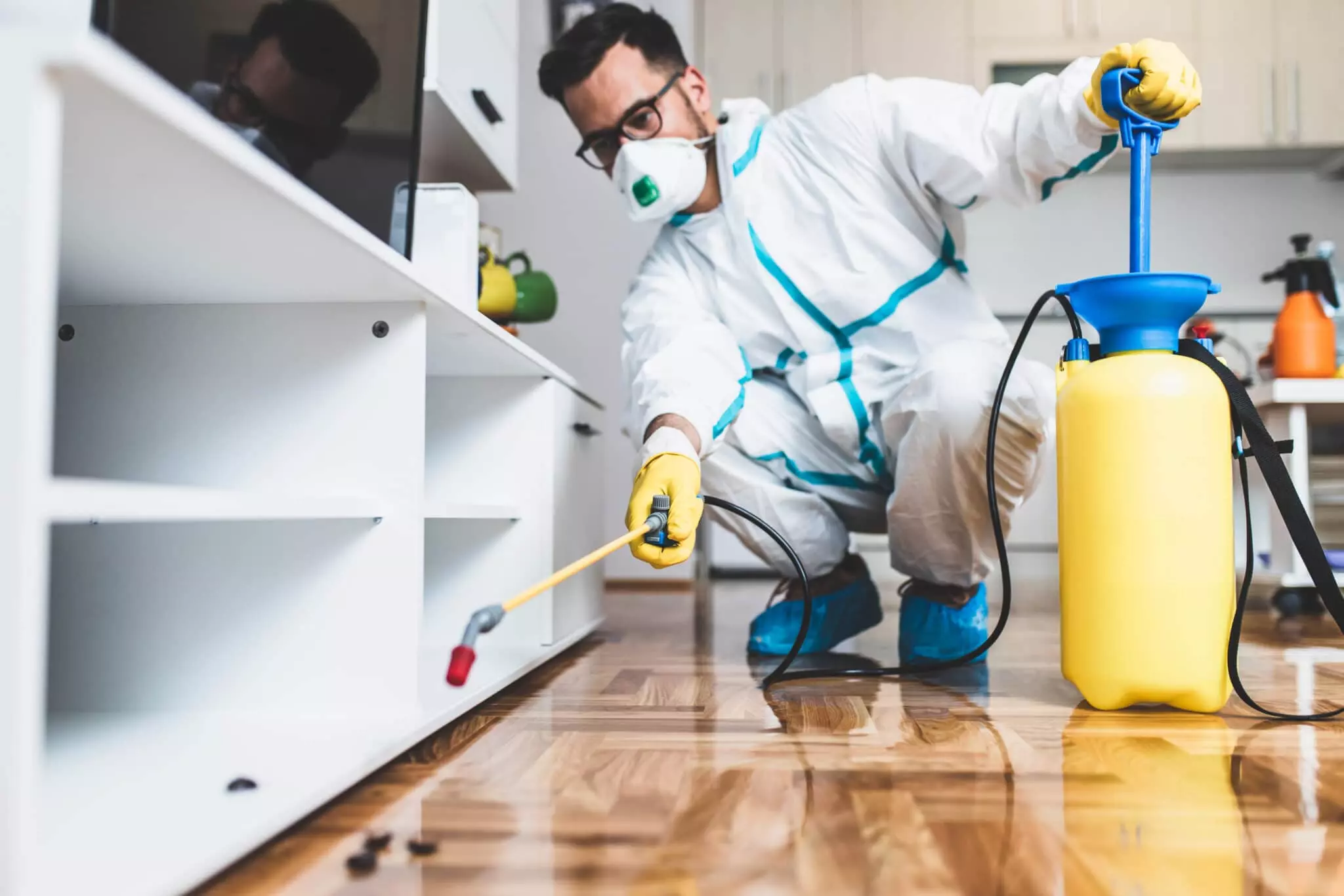Professional Wasp Control Coquitlam: Safe and Efficient Pest Removal
Professional Wasp Control Coquitlam: Safe and Efficient Pest Removal
Blog Article
Safe and Trustworthy Insect Control for Lasting Security
Efficient insect administration calls for a complex technique that stabilizes eco-friendly stability with the requirement for efficient bug reductions. The nuances of these methods might not be immediately clear, triggering a more detailed examination of the practices that can lead to lasting pest control outcomes.
Recognizing Parasite Control Techniques
Pest control encompasses a selection of approaches aimed at handling and eradicating unwanted bugs and rodents that can endanger both health and residential or commercial property. Recognizing these techniques is vital for efficient parasite management.
The main groups of insect control approaches include mechanical, organic, and chemical methods. Mechanical approaches entail physical obstacles and catches to stop pest entry and capture unwanted species. As an example, using screens on home windows or using sticky catches can considerably reduce bug populations without presenting dangerous materials.

Chemical insect control is commonly one of the most recognized method, making use of pesticides to remove insects. These chemicals can be reliable yet have to be utilized with caution to stay clear of adverse results on non-target types and the environment.
Benefits of Eco-Friendly Solutions
Just how can environmentally friendly options change insect control techniques? The adoption of environmentally friendly insect control approaches offers countless advantages, significantly improving the efficiency and safety and security of insect administration.

One more advantage is the favorable impact on neighborhood biodiversity. Environmentally friendly services are created to target details pests while preserving beneficial pests and wildlife, advertising a balanced environment. This method aligns with the expanding consumer need for lasting practices, boosting the credibility of insect control service providers.
Integrated Bug Monitoring Approaches
The application of environmentally friendly options naturally leads to the fostering of Integrated Parasite Monitoring (IPM) strategies, which even more boost pest control efficiency. IPM is an alternative strategy that combines numerous techniques to handle pest populaces while minimizing ecological influence. This approach stresses the usage of biological, cultural, mechanical, and chemical controls, ensuring a lasting and balanced technique of insect administration.
One basic aspect of IPM is the extensive assessment of pest activity and ecological conditions. By keeping track of insect populations and recognizing their life process, professionals can carry out targeted treatments that interrupt the parasite's environment or lifecycle, reducing reliance on chemical pesticides. In addition, cultural techniques such as crop rotation and environment control can considerably lessen bug facility and recreation.
One more important part is using organic control agents, such as valuable bugs or bacteria, which can naturally suppress pest populations. When chemical applications are necessary, IPM focuses on using low-risk chemicals and applies them precisely, reducing exposure to non-target microorganisms and people.
Incorporating IPM strategies not only boosts bug control effectiveness but likewise advertises a more secure ecological community, lining up with the expanding demand for a fantastic read sustainable practices in pest administration.
Safe Practices for Home Owners
Comprehending the significance of safe techniques in insect control can empower home owners to efficiently handle pest concerns while securing their health and wellness and the setting. Applying non-toxic approaches and preventive steps is crucial in lessening direct exposure to damaging chemicals.
Home owners should first assess their atmosphere for problems that attract bugs, such as standing mess, food, and water waste. Frequently cleaning and sealing entry factors can hinder pests from attacking the home. Utilizing all-natural deterrents, such as important oils or diatomaceous earth, can provide efficient choices to chemical pesticides.
When chemical therapies are essential, homeowners must decide for products that are especially classified as risk-free for household usage. It is necessary to follow application guidelines meticulously to avoid too much exposure. Utilizing targeted treatments in locations where parasites are determined, instead than covering spraying, can considerably decrease chemical usage.
Last but not least, keeping open communication with bug control specialists is essential. Property owners need to inquire regarding the safety of products used and demand environmentally friendly choices whenever possible. By embracing these secure methods, property owners can create a healthier living environment while successfully managing bug concerns.

Tips for Long-Term Protection
Developing a pest monitoring approach that emphasizes long-lasting security can significantly improve the efficiency of the secure techniques formerly discussed. To accomplish this, home owners must helpful hints carry out routine assessments of their home, concentrating on concealed locations such as attics, cellars, and crawl rooms. Early detection of pest task is essential in preventing problems from taking hold.
Additionally, maintaining a tidy atmosphere is vital. This consists of correct food storage space, immediately cleaning spills, and routinely getting rid of waste. These practices minimize attractants that draw pests right into the home. Securing access points, such as cracks around doors and home windows, can properly block prospective bug access.
Landscaping needs to likewise be considered; maintaining plants cut and preserving a range in between vegetation and the home lessens concealing places for pests. Making use of all-natural deterrents, such as vital oils or diatomaceous earth, can additionally prevent infestations without considering harsh chemicals.
Lastly, working together with a specialist pest control solution for regular examinations can supply an added layer of protection. These specialists can provide customized suggestions and progressed treatments, making sure that your home remains secured versus parasites in the long-term.
Conclusion
Finally, risk-free and reliable parasite control calls for a multifaceted technique that highlights environmentally friendly approaches and integrated pest administration. By executing all-natural deterrents, conducting routine examinations, and preserving correct cleanliness, homeowner can organic pest control substantially minimize parasite populations while safeguarding advantageous insects and the atmosphere. Collaboration with expert bug control solutions boosts the performance of these strategies, making certain tailored remedies that provide long lasting defense and assurance against future invasions.
Effective insect administration needs a complex method that balances environmental stability with the demand for reliable bug reductions. The fostering of eco-friendly insect control techniques uses countless benefits, substantially boosting the performance and safety of insect management.The implementation of environment-friendly services normally leads to the adoption of Integrated Pest Administration (IPM) strategies, which further enhance parasite control effectiveness. exterminator coquitlam. By checking insect populaces and determining their life cycles, practitioners can apply targeted treatments that disrupt the insect's habitat or lifecycle, minimizing reliance on chemical pesticides.In verdict, trusted and risk-free bug control needs a diverse technique that highlights environment-friendly techniques and incorporated insect monitoring
Report this page